By: Benjamin M. Jones, Water and Environmental Research Center, Institute of Northern Engineering, University of Alaska Fairbanks
Arctic landscapes are responding to climate change (Hinzman et al., 2005), however long-term observation sites focused on landscape and ecosystem changes in the Arctic are extremely limited. Pioneering Arctic research has historically focused on a few select locations for which our observations and knowledge on the interactions and impacts of climate and land use change are extrapolated (Metcalfe et al., 2018). There is a need to build on these focused research efforts through the growth and development of new research stations that will help fill critical knowledge gaps in our understanding of the way in which myriad Arctic landscapes will likely respond to future climate and land use change pressures.
In the early 1960s, Max C. Brewer, as director of the Arctic Research Laboratory operating in what was formerly known as Barrow, Alaska, recognized the need to conduct regional-scale, field-based environmental research in the Arctic. He commissioned the construction and distribution of several research outposts spread strategically across the North Slope of Alaska to focus on studies that would capture the ecosystem and landscape variability in the region and to provide a baseline with which to gauge future change. A typical camp layout may have consisted of a 14x20 foot insulated main cabin and an 8x12 foot generator cabin. Max told me before his passing in 2012 that he wanted the cabins to provide year-round livable working conditions and that he was motivated by the fact that scientists often only spend 10-percent of their time doing science in remote Arctic locations because the other 90-percent is spent taking care of surviving.
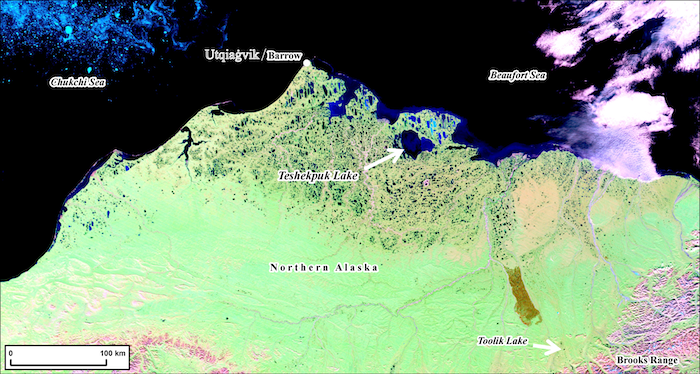
One such research outpost was established on the northwestern shore of Teshekpuk Lake in early 1963. Teshekpuk Lake is the largest Arctic lake in Alaska and is the third largest lake statewide. The Teshekpuk Lake region is considered one of the most productive, diverse, and sensitive wetland ecosystems in the entire Arctic due to the presence of a large number of migratory waterfowl and shorebirds, a resident caribou herd, and several freshwater and anadromous fish species (Silva et al., 1985; Person et al., 2007; Andres et al., 2012; Bart et al., 2013). Max hoped this particular cabin, placed near the shores of Teshekpuk Lake, would encourage scientists to study the 850 square kilometer lake that is subject to severe storms and rapid shoreline migration and that also provides important wildlife habitat.
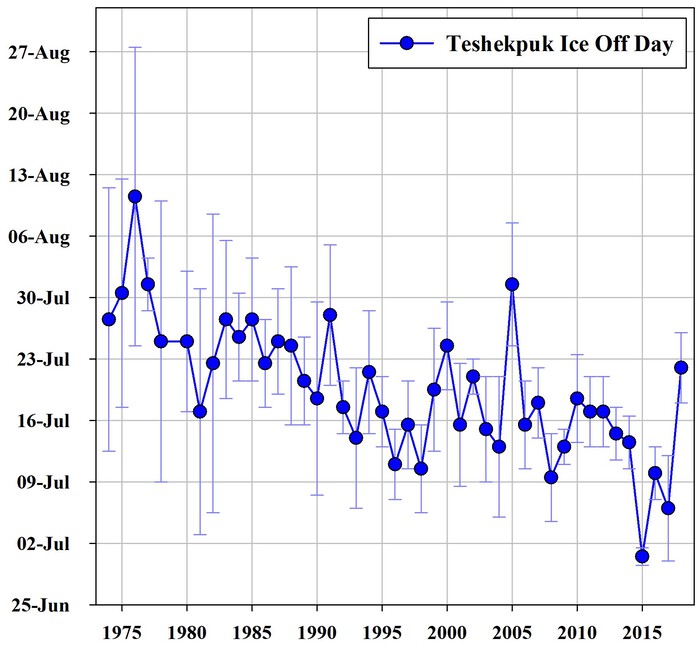
The Teshekpuk research station largely remained underutilized for nearly 45 years having been subjected mainly to the vicissitudes of nature and the proclivities of man (M. Brewer personal communication). In 2007, colleagues and I began to re-establish the site for its intended purpose. This involved cleaning up sled loads of trash and debris around the premises, installing windows and doors, and outfitting the cabin with bunks, heat, and a kitchenette. It also meant installing renewable energy resources to power daily research station needs, which consists of a satellite internet dish, weather stations, and weather cameras to transmit data from the site.
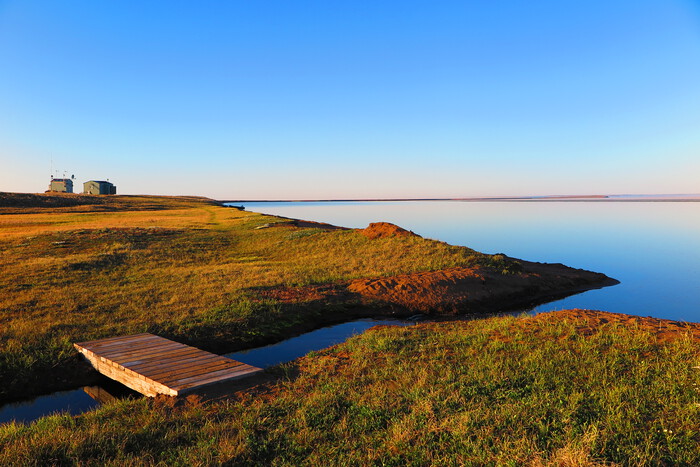
Over the course of the last twelve years, we have combined these ad hoc renovation efforts with active research projects funded primarily by the National Science Foundation, U.S. Geological Survey (USGS), Bureau of Land Management, European Space Agency, and European Union. We have studied a diverse array of topics that include: (1) permafrost dynamics and thermokarst, (2) development of a lake observation network, (3) lake ice systems science research, (4) coastal and lake shoreline erosion measurements, (5) aquatic and terrestrial ecology studies, (6) near-surface geophysics, (7) climate and weather observations, (8) paleoecological studies, and (9) a hub with which to provide calibration and validation data for remote sensing observations. The baseline data collection now exceeds more than a decade in some cases, we have published more than 40 peer-reviewed journal articles on research conducted in and around the region, and have contributed to the successful completion of six graduate student degrees. These efforts also provided the initiative required to seek funding for a re-established and dedicated research station at Teshekpuk Lake.
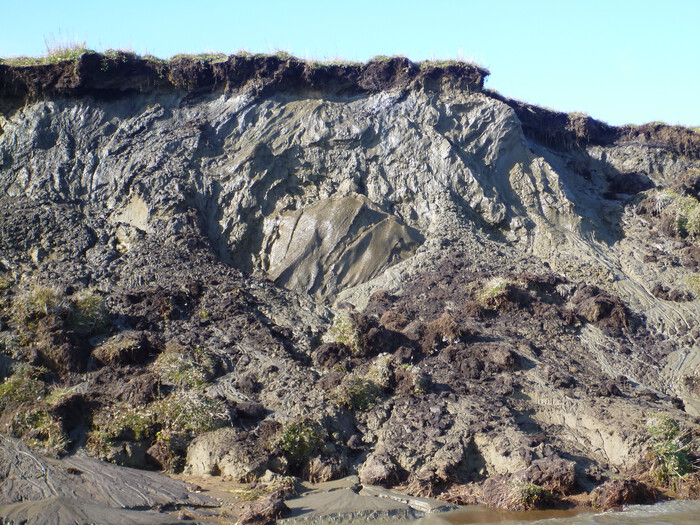
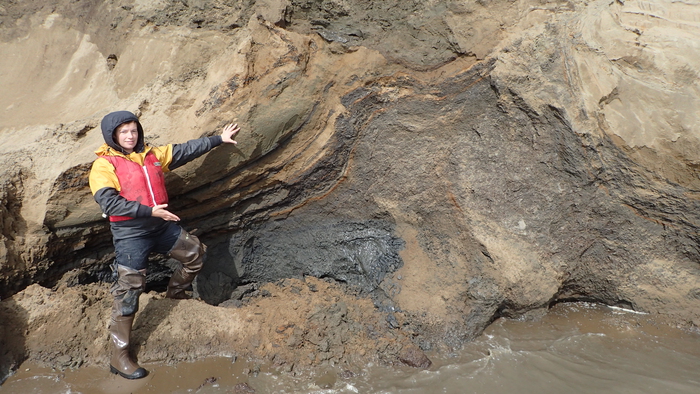
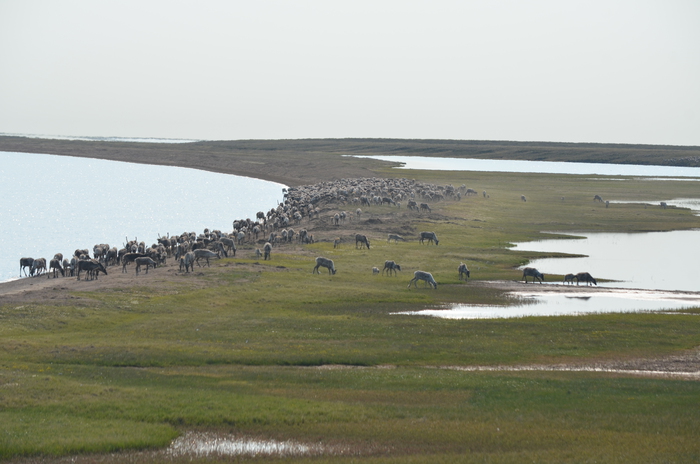
The National Fish and Wildlife Foundation (NFWF) recently awarded a grant to the University of Alaska Fairbanks for the development of the Teshekpuk Lake Observatory (TLO). The funds from NFWF are from a community service payment it received in the case of United States v. BP Exploration (Alaska), Inc. "for the purpose of conducting research and activities in support of the arctic environment in the State of Alaska on the North Slope." This project is a multi-year, multi-cooperator, and multi-disciplinary effort that will focus on Teshekpuk Lake and its surrounding watershed to assess the past, present, and future response to climate change and human pressure. Key project partners include the North Slope Borough Department of Wildlife Management, {Alfred Wegener Institute](https://www.awi.de/en.html), B-Geo, Bureau of Land Management, and USGS. Focusing on development of the TLO will provide a forum for cross discipline information exchange, maximize data collection and synthesis efforts, and prepare land and resource managers for the challenging decisions they will face in the coming years to decades as a result of climate and land use change in the region. Given future sea-level rise projections, rapid migration of the Beaufort Sea coastline (Jones et al., 2018), climate change impacts to lake ecosystems (Arp et al. 2016) and uncertain responses by fish and waterfowl, as well as the potential for oil and gas development in the watershed (Person et al., 2007; Wilson et al., 2013), it is critical to gain a better understanding of this unique arctic ecosystem.
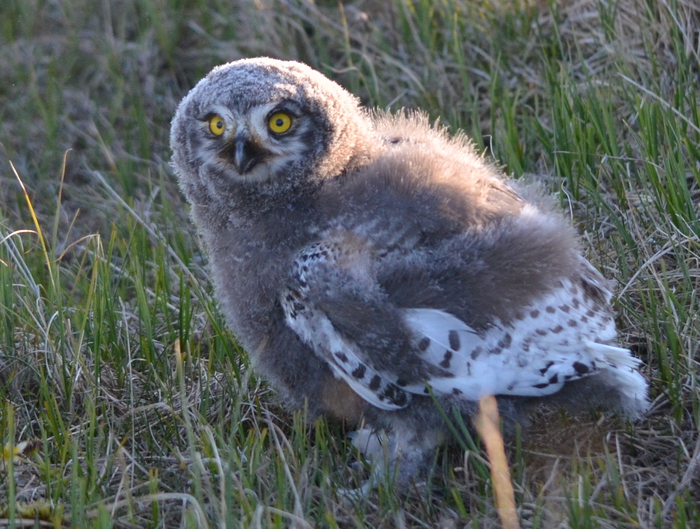
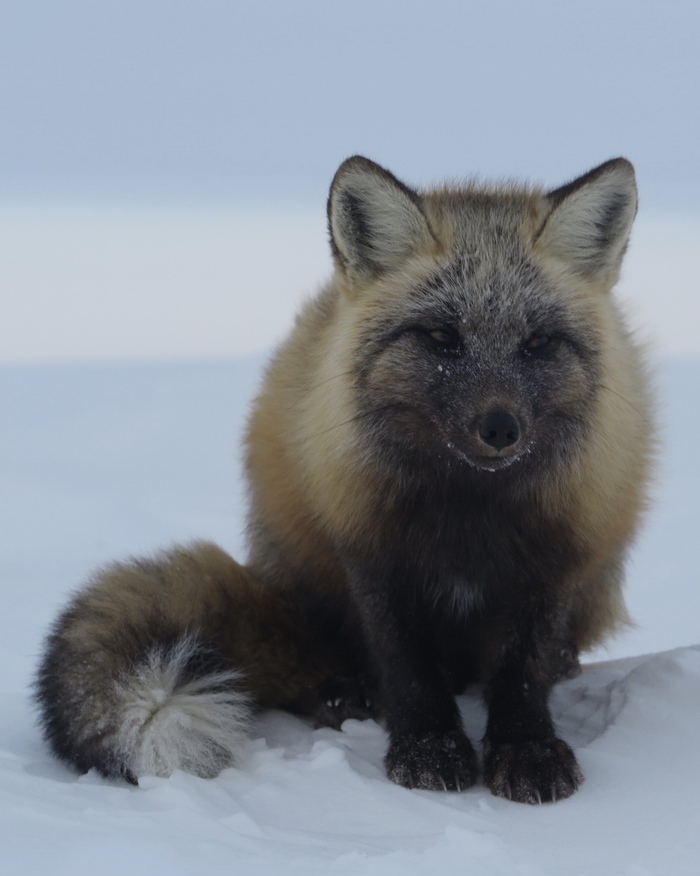
For further information, please see the Teshepuk Lake website.
About the Author
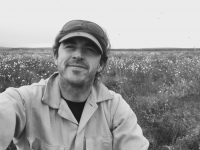 Benjamin M. Jones is a Research Professor in the Institute of Northern Engineering, Water and Environmental Research Center at the University of Alaska Fairbanks. He specializes in observing, understanding, and interpreting present as well as past permafrost region landscape dynamics and the various landscape-level impacts to hydrological, ecological, and physical systems. He has conducted research at Teshekpuk Lake for more than a decade and for nearly two decades across the Arctic.
Benjamin M. Jones is a Research Professor in the Institute of Northern Engineering, Water and Environmental Research Center at the University of Alaska Fairbanks. He specializes in observing, understanding, and interpreting present as well as past permafrost region landscape dynamics and the various landscape-level impacts to hydrological, ecological, and physical systems. He has conducted research at Teshekpuk Lake for more than a decade and for nearly two decades across the Arctic.
References
Andres, B.A., Johnson, J.A., Brown, S.C. and Lanctot, R.B., 2012. Shorebirds breed in unusually high densities in the Teshekpuk Lake Special Area, Alaska. Arctic, pp.411-420.
Arp, C.D., Jones, B.M., Grosse, G., Bondurant, A.C., Romanovsky, V.E., Hinkel, K.M. and Parsekian, A.D., 2016. Threshold sensitivity of shallow Arctic lakes and sublake permafrost to changing winter climate. Geophysical Research Letters, 43(12), pp.6358-6365.
Bart, J., Platte, R.M., Andres, B., Brown, S., Johnson, J.A. and Larned, W., 2013. Importance of the National Petroleum Reserve–Alaska for aquatic birds. Conservation biology, 27(6), pp.1304-1312.
Farquharson, L., Mann, D., Rittenour, T., Groves, P., Grosse, G. and Jones, B., 2018. Alaskan marine transgressions record out-of-phase Arctic Ocean glaciation during the last interglacial. Geology, 46(9), pp.783-786.
Hinzman, L.D., Bettez, N.D., Bolton, W.R., Chapin, F.S., Dyurgerov, M.B., Fastie, C.L., Griffith, B., Hollister, R.D., Hope, A., Huntington, H.P. and Jensen, A.M., 2005. Evidence and implications of recent climate change in northern Alaska and other arctic regions. Climatic change, 72(3), pp.251-298.
Jones, B.M., Farquharson, L.M., Baughman, C.A., Buzard, R.M., Arp, C.D., Grosse, G., Bull, D.L., Günther, F., Nitze, I., Urban, F. and Kasper, J.L., 2018. A decade of remotely sensed observations highlight complex processes linked to coastal permafrost bluff erosion in the Arctic. Environmental Research Letters, 13(11), p.115001.
Metcalfe, D.B., Hermans, T.D., Ahlstrand, J., Becker, M., Berggren, M., Björk, R.G., Björkman, M.P., Blok, D., Chaudhary, N., Chisholm, C. and Classen, A.T., 2018. Patchy field sampling biases understanding of climate change impacts across the Arctic. Nature ecology & evolution, 2(9), p.1443.
Person, B.T., Prichard, A.K., Carroll, G.M., Yokel, D.A., Suydam, R.S. and George, J.C., 2007. Distribution and movements of the Teshekpuk caribou herd 1990-2005: prior to oil and gas development. Arctic, pp.238-250.
Silva, J.B., L.G. Adams, R. Gal. 1985. Habitat evaluation for the Teshekpuk Lake Special Area. BLM Technical Report, BLM-AK-PT-85-018-1620-029.
Wilson, R.R., Liebezeit, J.R. and Loya, W.M., 2013. Accounting for uncertainty in oil and gas development impacts to wildlife in Alaska. Conservation Letters, 6(5), pp.350-358.
